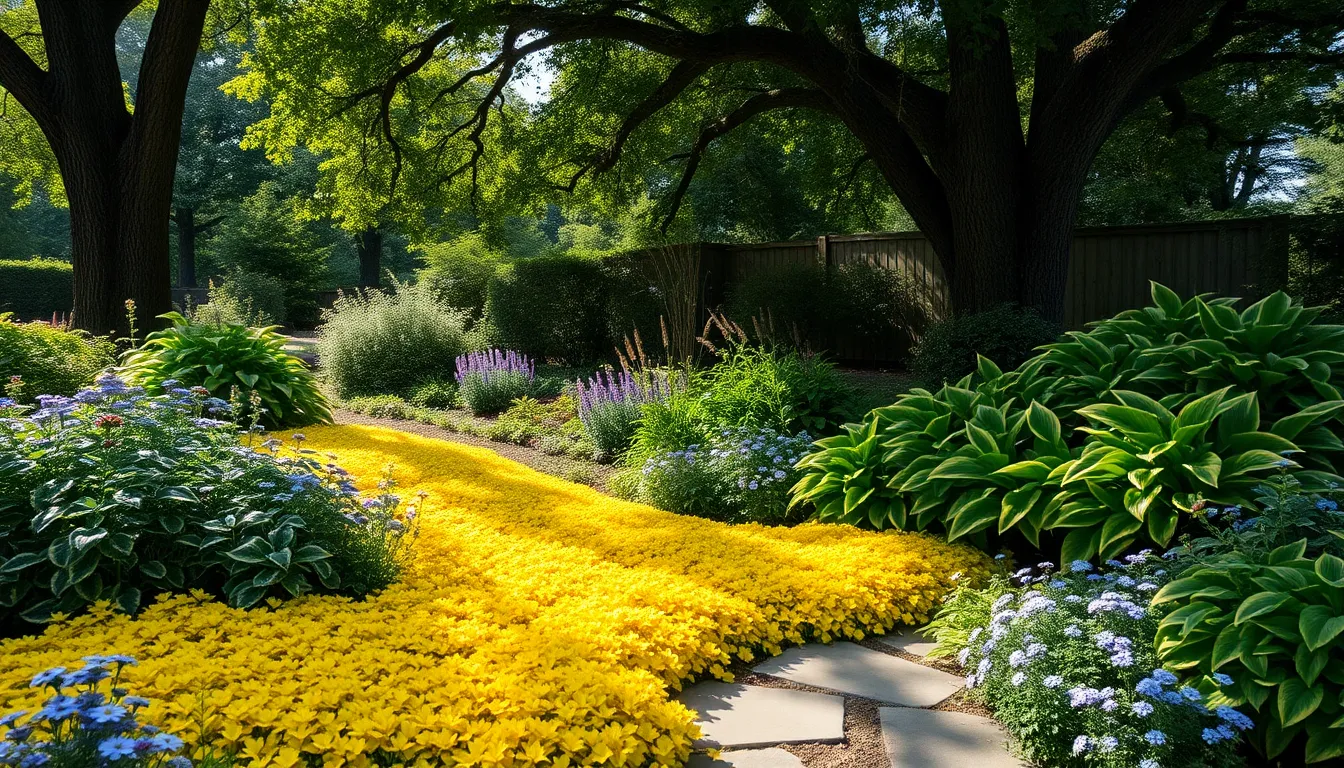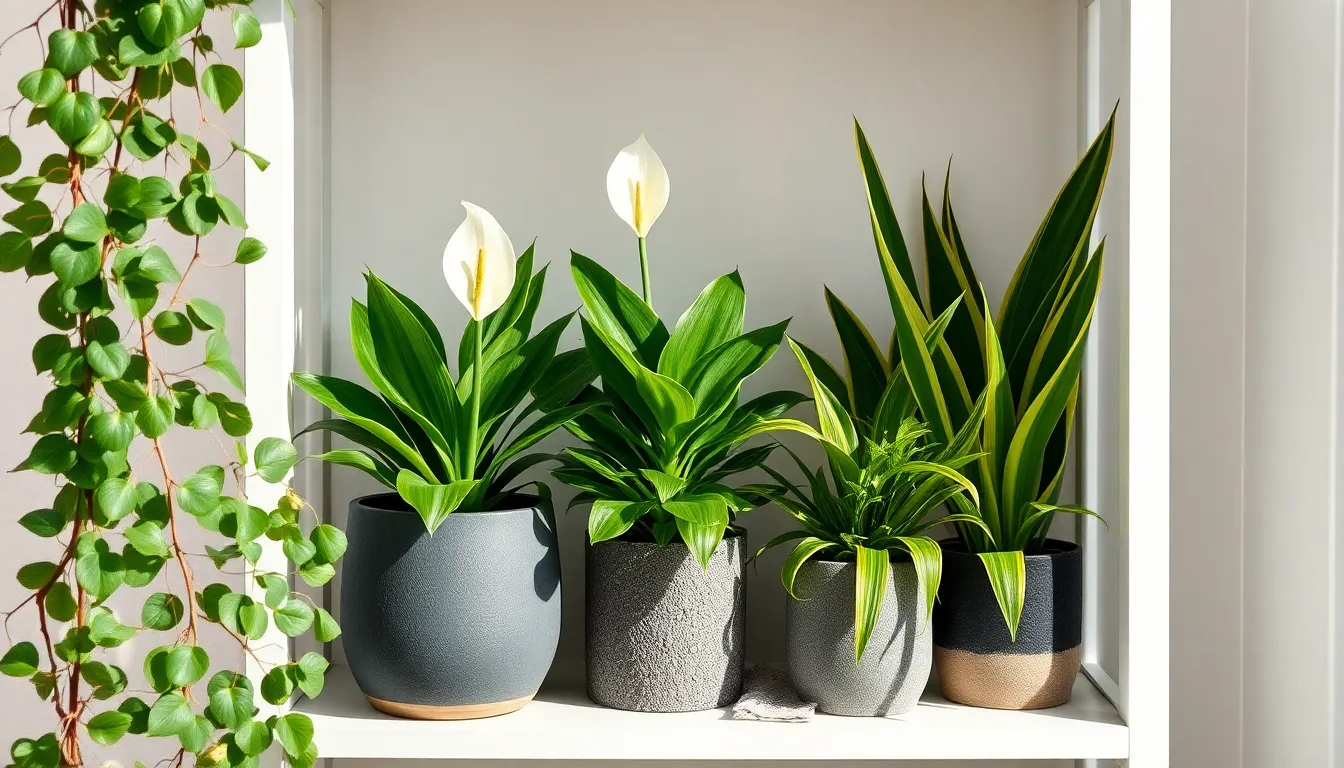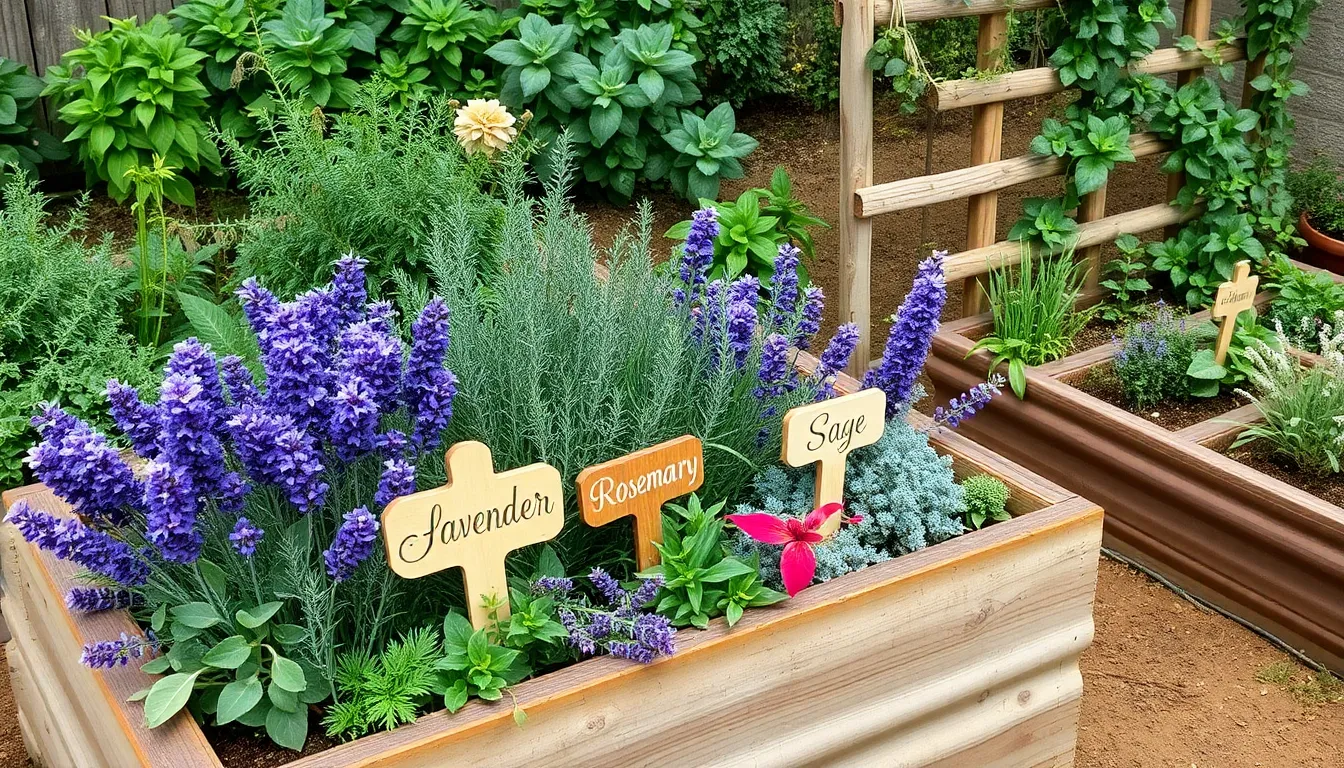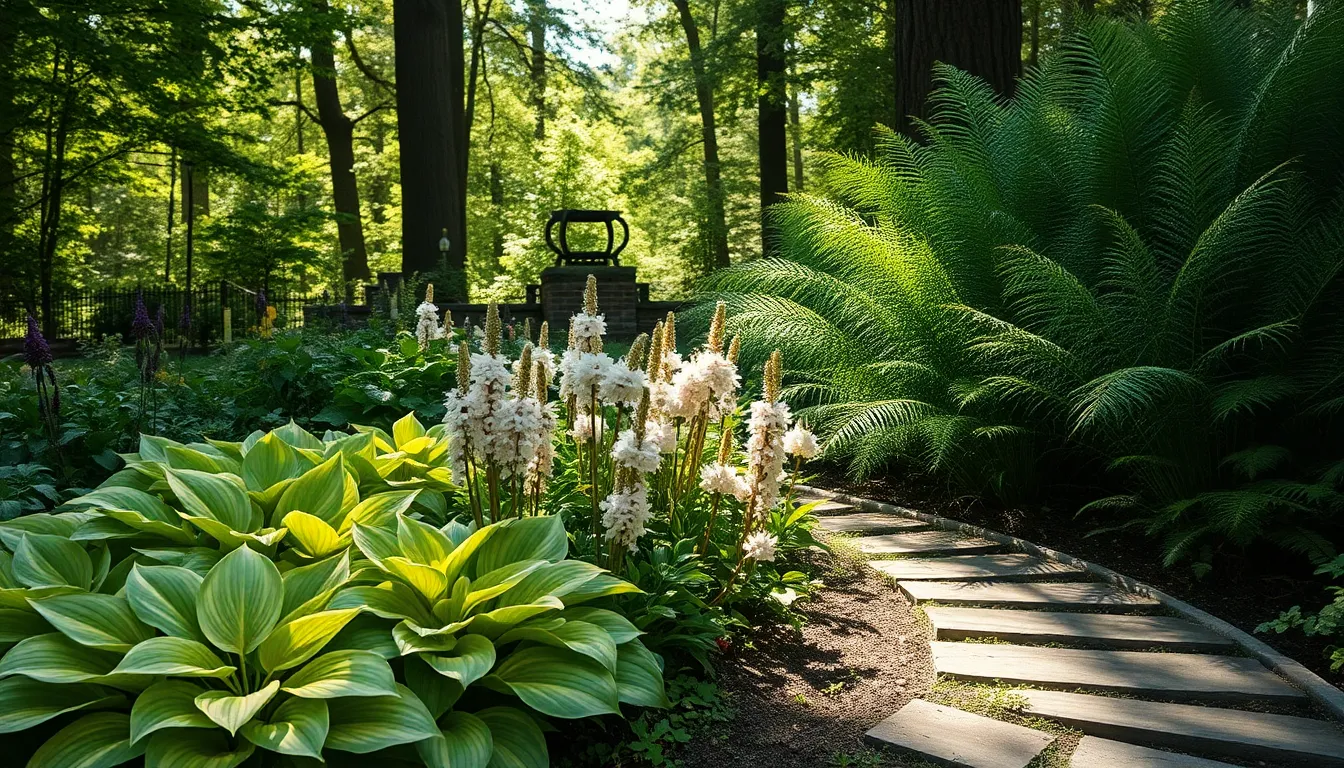Welcome to “Best Plants for Backyard Shade Gardens,” where the magic of gardening meets the cool, calming embrace of shade. Whether you’re a beginner dipping your toes into the world of horticulture or a seasoned green thumb seeking to expand your plant repertoire, this guide is your ticket to creating a lush, vibrant garden even in the shadiest corners of your yard.
Imagine transforming those often-overlooked spaces into a serene oasis filled with texture, color, and life. Our carefully curated list of shade-loving plants will not only thrive in low light but also offer practical benefits such as low maintenance and resilience, making your gardening journey a joyous and rewarding experience. Each plant we highlight has been chosen for its ability to flourish with minimal sunlight, ensuring that you can confidently cultivate a beautiful, thriving garden no matter your experience level. Embrace the potential of your shaded spaces and prepare to be inspired by the possibilities that await in your own backyard.
Hosta Varieties (Low-Maintenance Foliage Beauty)
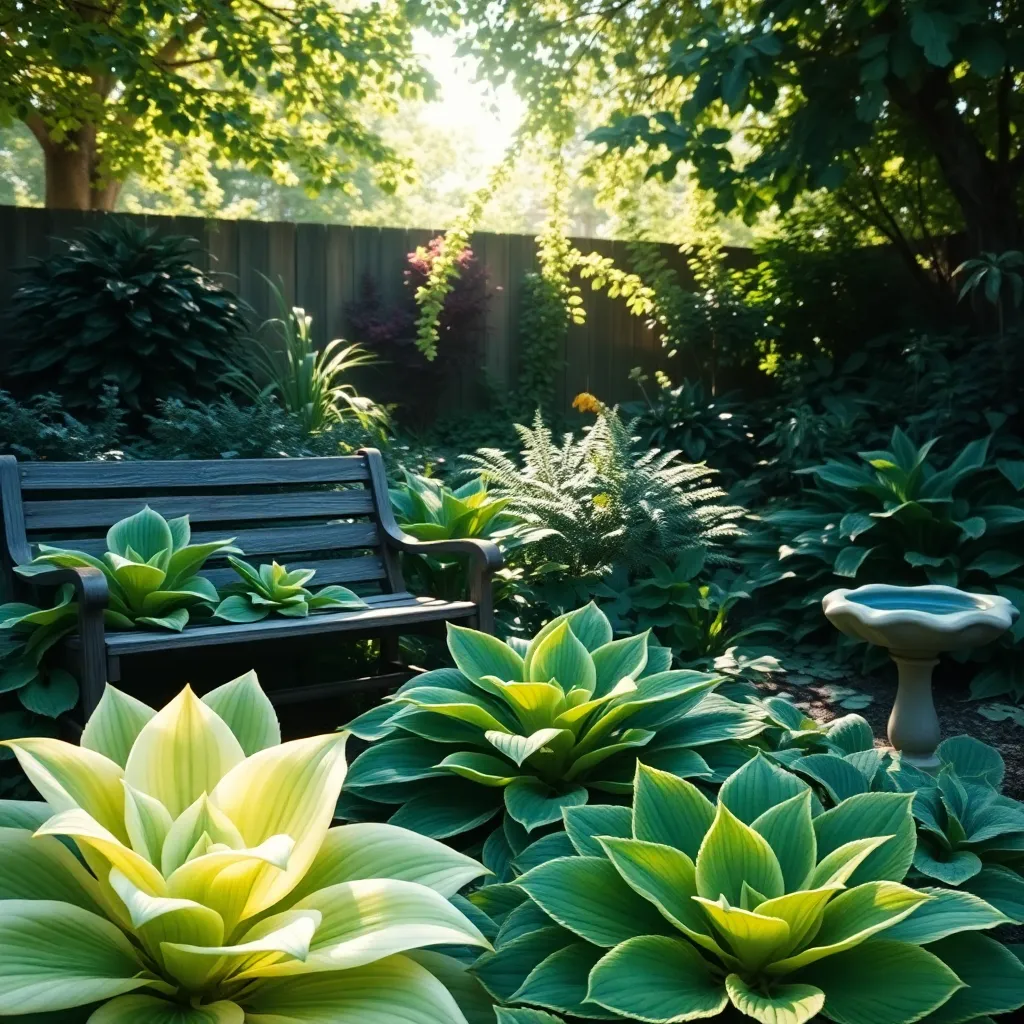
Hostas are an excellent choice for shade gardens, offering a range of low-maintenance foliage beauty that thrives in dappled light. These hardy perennials are known for their lush leaves, which come in a variety of shapes, sizes, and colors, making them a versatile addition to any garden.
For optimal growth, plant hostas in well-draining soil enriched with organic matter, such as compost or well-rotted manure. This will ensure they receive adequate nutrients while maintaining the necessary moisture levels, as hostas prefer consistently moist soil.
Watering is crucial, especially during dry spells; aim to provide at least one inch of water per week. To retain moisture and reduce weeds, apply a layer of mulch around the base of the plants.
While hostas are generally low-maintenance, they can benefit from occasional fertilization. Use a balanced, slow-release fertilizer in spring as new growth emerges to promote vibrant foliage and robust growth.
Ferns (Lush Greenery for Low Light)
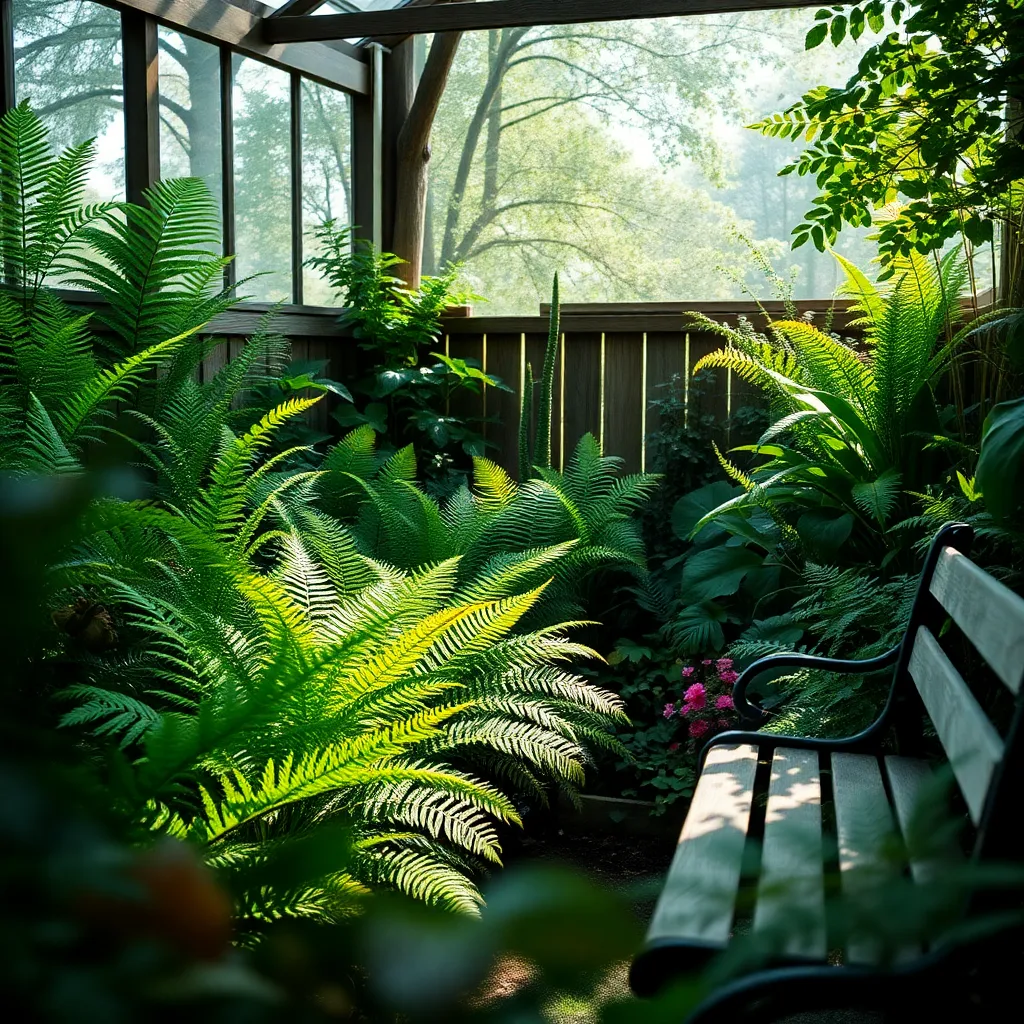
Ferns are an excellent choice for bringing lush greenery to shaded garden areas. They thrive in low-light conditions, making them perfect companions in areas where sunlight is limited.
When planting ferns, it’s important to select a location with well-draining soil. Mixing in compost or peat moss can improve soil texture and provide the necessary nutrients for optimal growth.
Watering is crucial, especially in the initial stages of growth. Keep the soil consistently moist but not waterlogged, as overwatering can lead to root rot.
For gardeners looking to expand their fern collection, propagation through division is a simple and effective method. Every few years, divide the plant in early spring by carefully separating the root ball and replanting the sections.
Astilbe (Vibrant Blooms in Shady Spots)
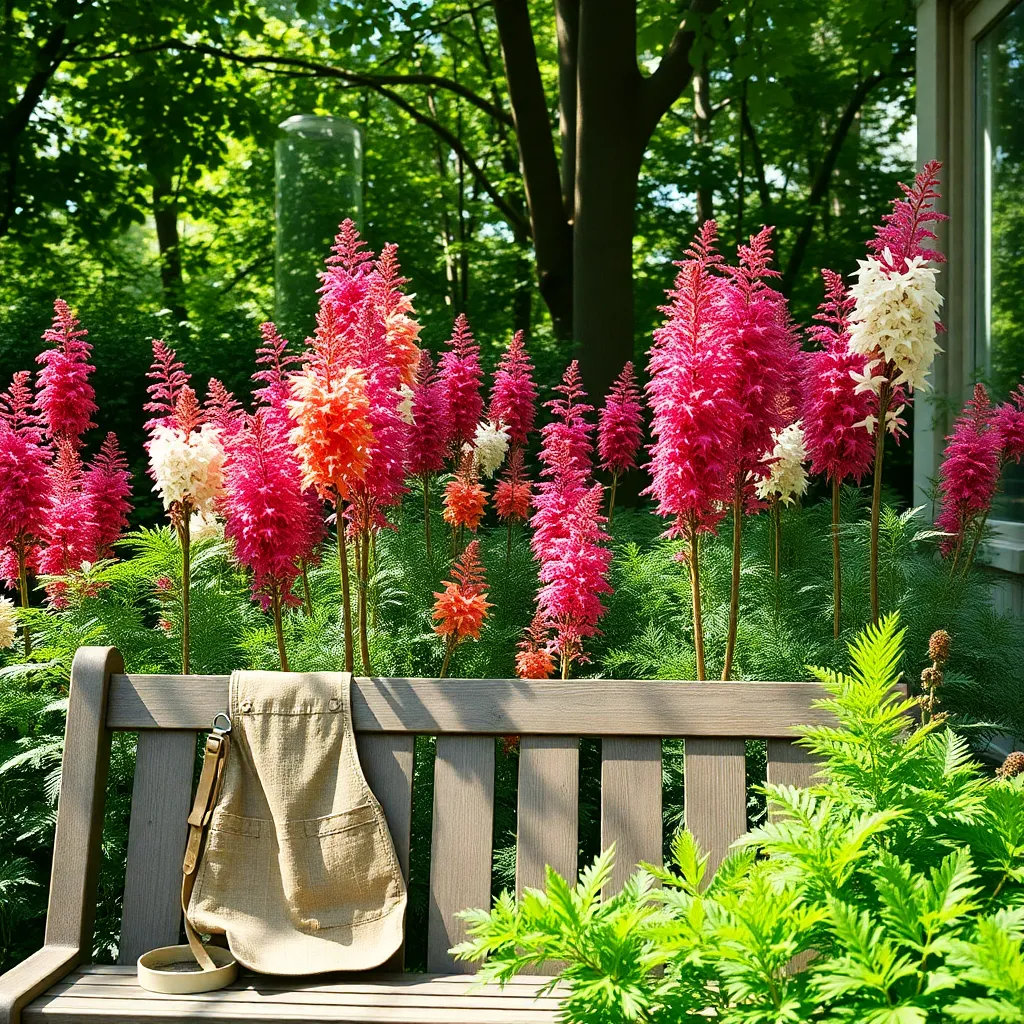
Astilbe is the perfect solution for gardeners looking to add a splash of color to shady areas. These hardy perennials produce feathery plumes in shades ranging from white to deep red, thriving in dappled sunlight and partial shade.
To ensure vibrant blooms, plant your astilbe in rich, well-draining soil that retains moisture but does not become waterlogged. Adding organic matter like compost can improve soil quality and help maintain the necessary moisture levels.
Watering is crucial, especially during dry spells, as astilbe prefers consistently moist soil. A layer of mulch around the base of the plant can help conserve moisture and regulate soil temperature.
For advanced gardeners, consider dividing astilbe clumps every three to four years to promote vigorous growth and more abundant flowering. Simply lift the clumps in early spring or fall and separate them into smaller sections before replanting.
Coral Bells (Colorful Leaves for Dim Corners)
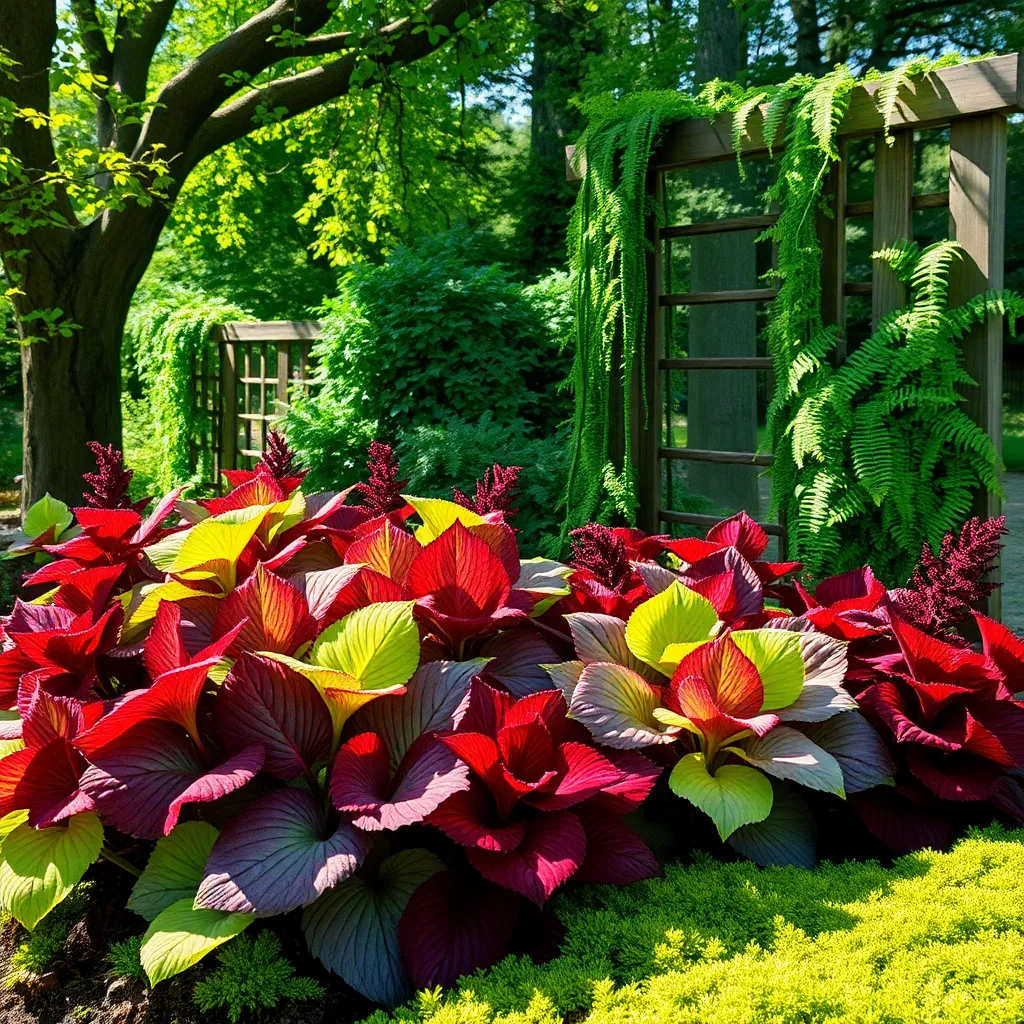
Coral Bells, also known as Heuchera, are perfect for adding a splash of color to dim corners of your shade garden. These plants are renowned for their vibrant foliage, which comes in a variety of hues including deep purples, bright greens, and rusty oranges.
To ensure your Coral Bells thrive, plant them in well-draining, fertile soil enriched with organic matter. Although they prefer partial shade, they can tolerate some morning sun, which can enhance the intensity of their leaf color.
Watering is crucial for Coral Bells, especially during dry spells, but be careful not to overwater as this can lead to root rot. Aim to keep the soil consistently moist but not soggy, and consider using a layer of mulch to retain soil moisture and suppress weeds.
For gardeners looking to maximize the beauty of their Coral Bells, consider dividing the plants every 3-4 years to encourage more vigorous growth. This not only rejuvenates the plants but also allows you to expand your garden by replanting the divisions elsewhere in your landscape.
Mulching Techniques (Moisture Retention for Cool Roots)
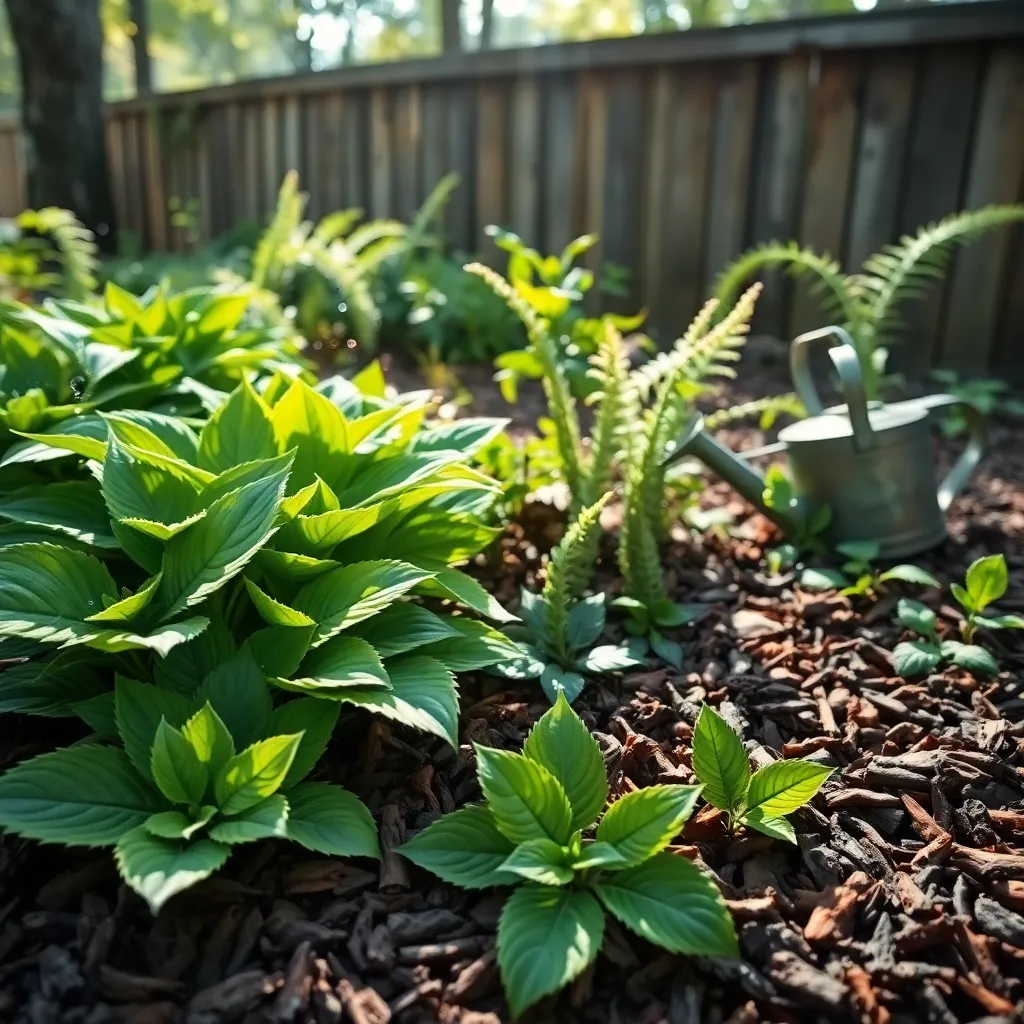
Mulching is an essential technique for maintaining moisture and keeping roots cool in your shade garden. When selecting mulch, choose organic materials like shredded bark, straw, or leaf mold, as these not only retain moisture but also improve soil quality over time.
To apply mulch effectively, spread a layer about 2-3 inches thick around the base of your plants, making sure not to pile it against the stems. This will help prevent moisture loss through evaporation and maintain a consistent soil temperature, promoting healthy root development.
Regularly check your mulch layer to ensure it is not compacted, as overly compacted mulch can hinder water infiltration. Fluffing up the mulch occasionally will also help maintain good air circulation and prevent fungal diseases.
Advanced gardeners might consider using mulch to gradually improve soil structure by mixing in compost or well-rotted manure beneath the mulch layer. This enhances the soil’s nutrient content and boosts plant growth, making it a valuable long-term investment in your garden’s health.
Conclusion: Growing Success with These Plants
In exploring the best plants for backyard shade gardens, we’ve delved into five key relationship concepts: understanding the unique needs of your garden space, selecting plants that thrive in shared environments, nurturing growth with consistent care, fostering harmony through diversity, and appreciating the beauty of patience and time. These principles mirror the dynamics of successful relationships, emphasizing the importance of attentiveness, compatibility, consistent effort, diversity, and patience.
As a next step, take a moment to stroll through your backyard or local garden center and identify one new plant to introduce to your shade garden. By actively engaging in the process of selection and care, you’ll see how these concepts flourish, both in your garden and in your personal relationships.
Remember, nurturing relationships is an ongoing journey, much like tending a garden. Bookmark this article to revisit these insights and strategies, ensuring a thriving environment for both your plants and personal connections. As you cultivate these relationships, envision a future filled with growth, resilience, and shared success. Your backyard—and your bonds—will thank you for it.

